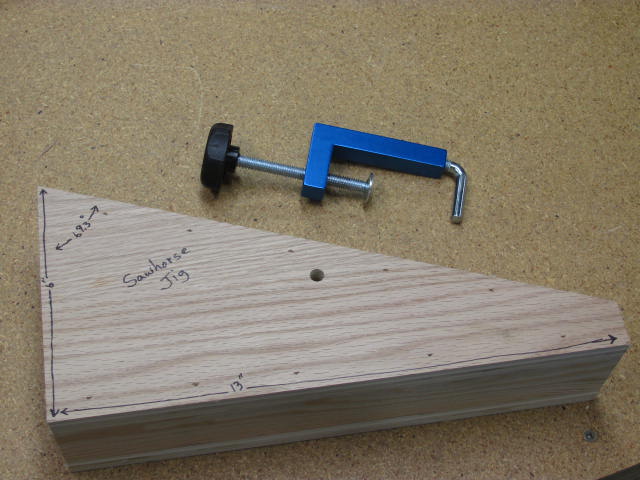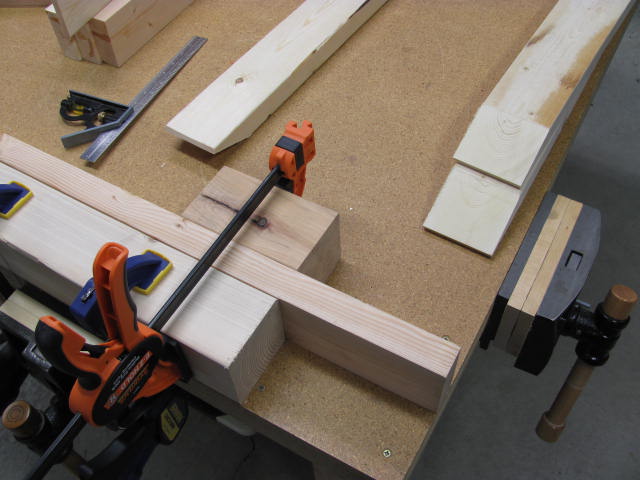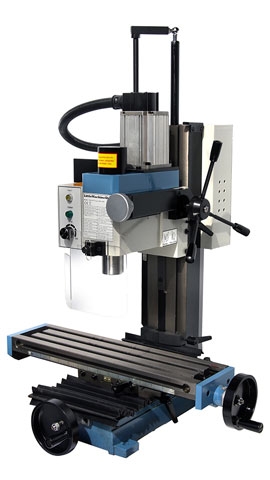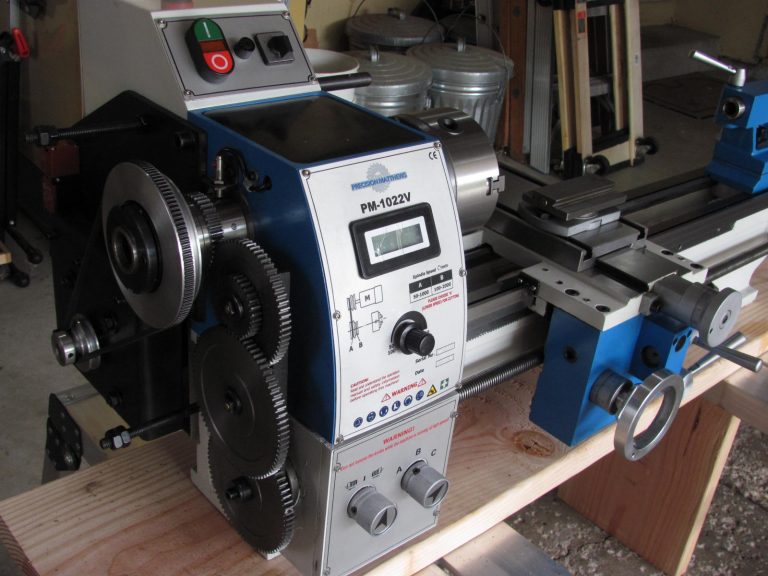Sawhorses
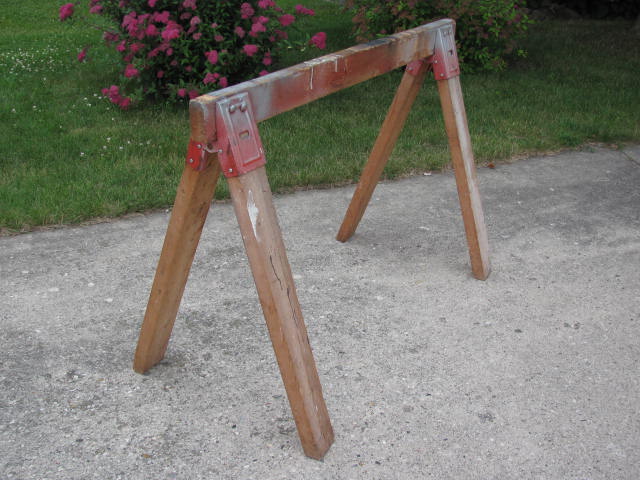
I built my old sawhorses about 40 years ago using 2x4s and metal sawhorse kit brackets. They held up well but they were always wobbly. Over the years, the wobbliness (is that a word?) got worse so I decided to build new ones. Why? Because I’m retired and can spend some time on this sort of thing plus I now have the tools to make the angled cuts necessary for my design. The old sawhorses were a nice size and height so I took measurements from them as a starting point. There is nothing critical in my numbers, just the way I wanted the wanted the sawhorses to look. The new sawhorses will never wobble because all the components are glued and screwed. The following set of photos shows my new sawhorse construction.


